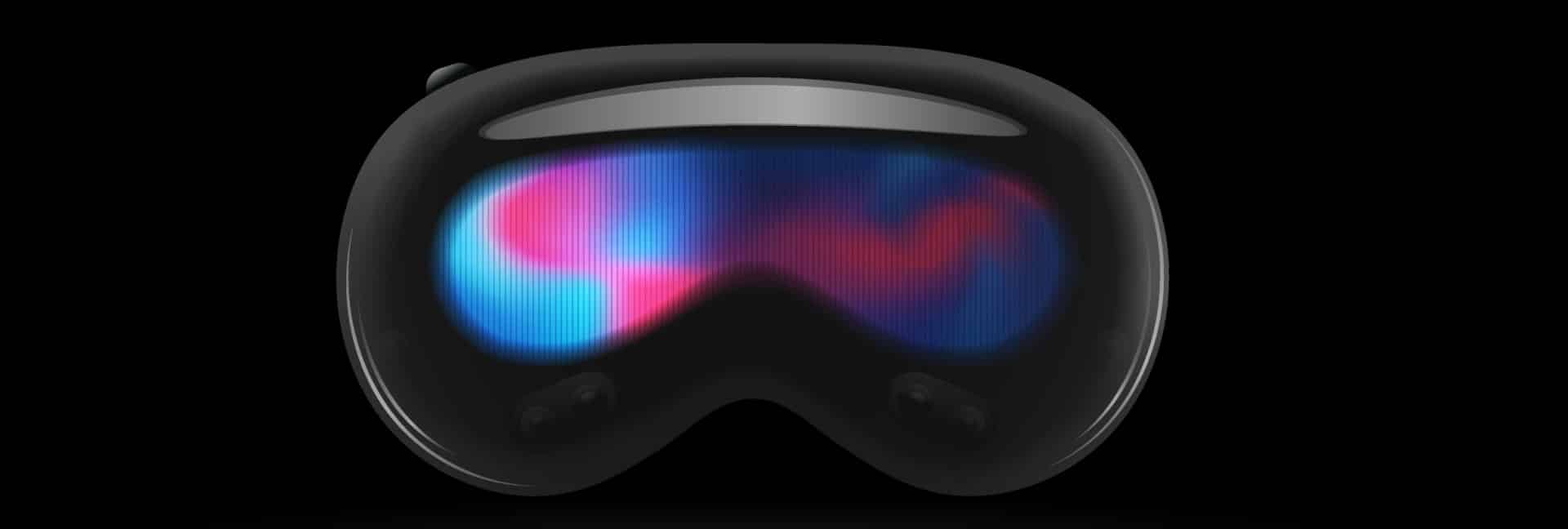
It’s been a long time coming, but it seems the days of iffy mobile VR may finally be over. Almost every maker of note now has a standalone VR headset on the market. These headsets have all of the hardware built into them. They are optimized for VR and cost a fraction of the flagship handsets needed to match their raw performance.
The Oculus Quest is probably the unit with the most publicity at this point, at least when it comes to premium standalone VR. Oculus also has the lower end Oculus Go, but for VR enthusiasts the Quest is where it’s at.
The Vive Focus is the company’s answer to the Go and to some extent the Quest. Now HTC and Valve are stepping things up with a $799 enterprise-grade headset known as the Focus Plus.
Plus What, Exactly?
Looking at the specs for the Focus Plus it’s not hard to see where the money has gone. The core of the system is the Snapdragon 835 system on a chip. Yes, this is the flagship chipset from yesteryear, but freed from the thermal and multitasking constraints of a smartphone it should be more than powerful enough. This is accompanied by 4GB of RAM and 32GB of internal storage.
The display system is also a step above, with a 3K AMOLED screen at 75Hz and a 110 degree field of view. The most important feature os of course true six degrees of freedom motion tracking. This is going to be the standard for standalone VR and puts the technology in a different league compared to old mobile offerings.
That being said, HTC and Valve are not selling this uprated headset to gamers or other VR consumers. As an enterprise product it’s all about VR conferencing and looking at CAD models. Surely it will run the same consumer software that the regular Focus does, but only time will tell if developers will take advantage of the extra horsepower and quality levels for anything other than business purposes.
One rather significant downside, shared with all other current standalone headsets, is that there is no mention of either wireless or wired tethering support for PC-powered VR. It’s a pity, because it means those who want both standalone and premium tethered VR need to buy two separate headsets, despite the fact that in terms of HMD specifications there is little set the two product classes apart.







